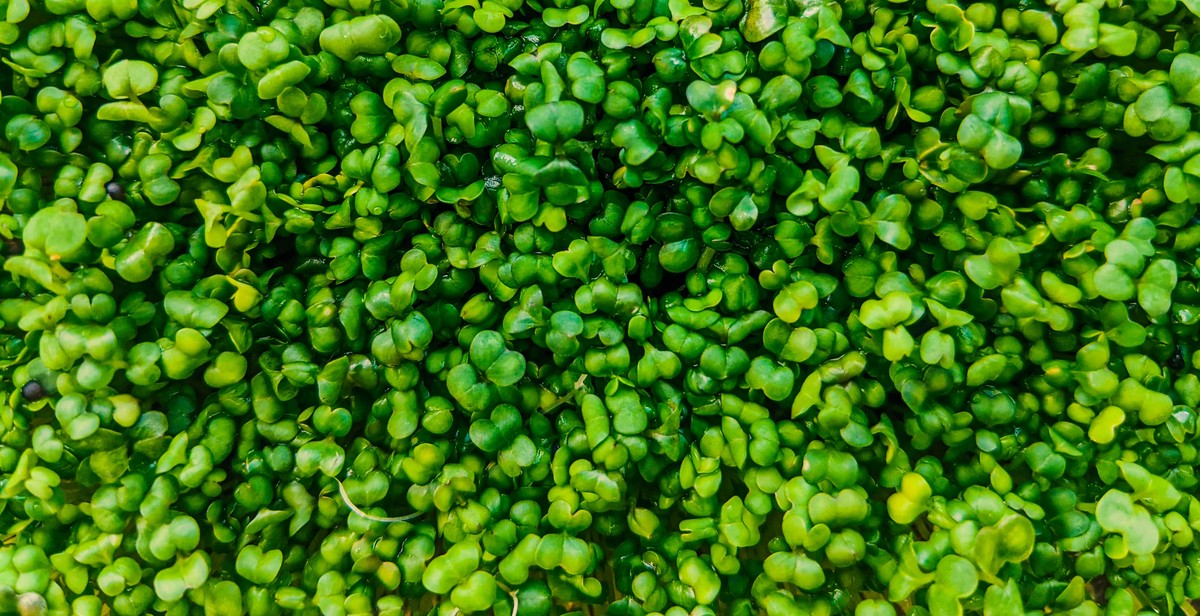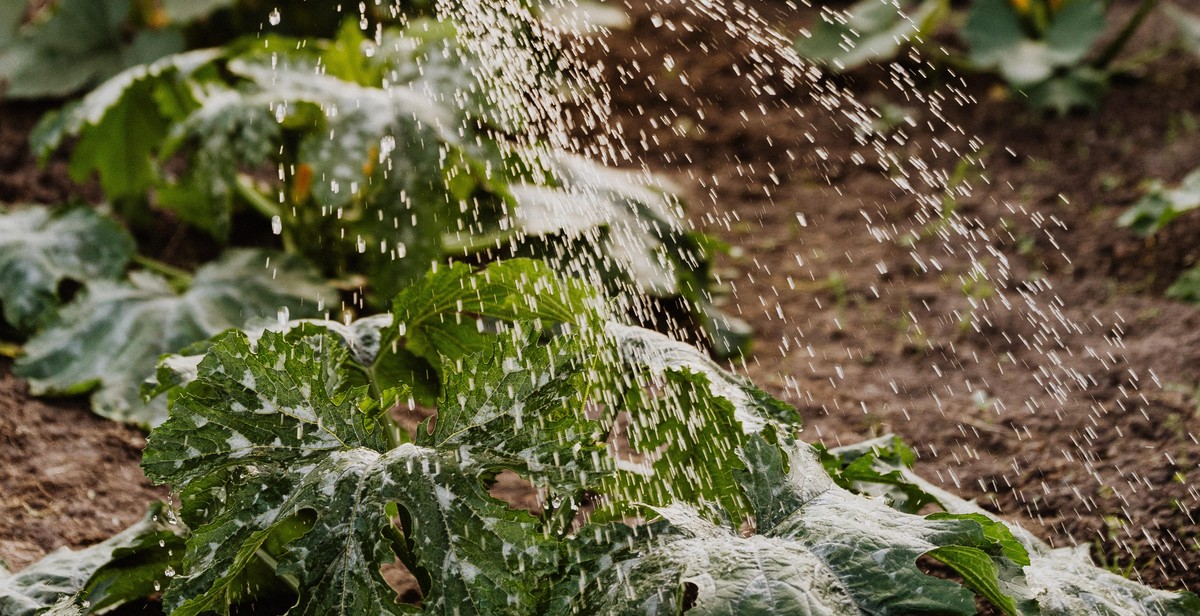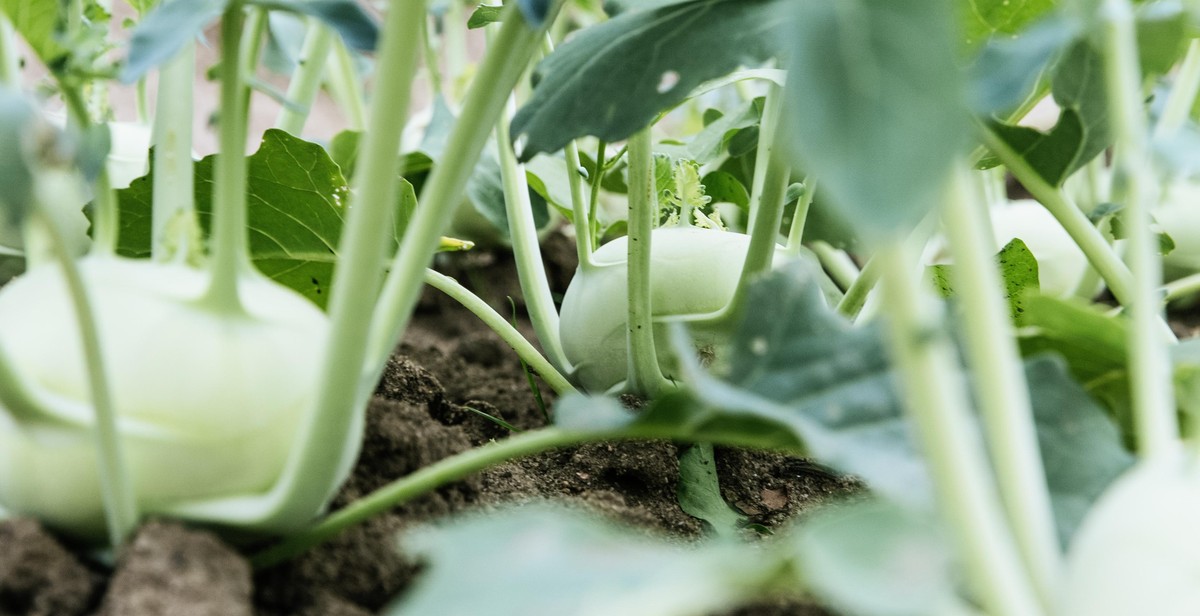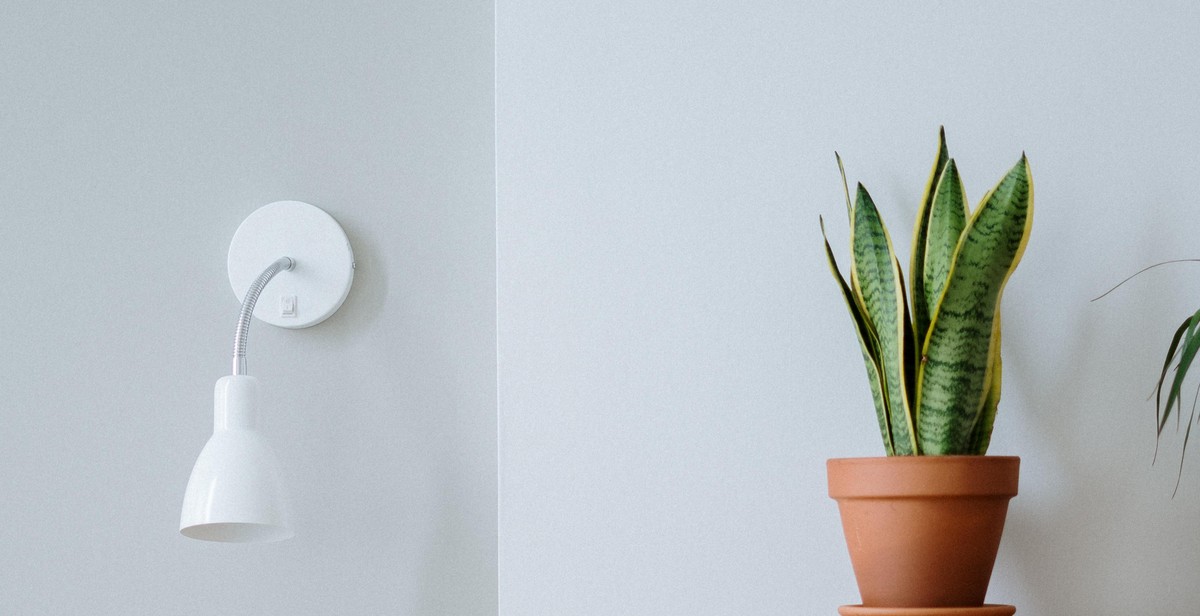How to Start a Vegetable Garden in Small Spaces: Introduction
Vegetable gardening has become increasingly popular in recent years. It is a rewarding hobby that provides fresh and nutritious produce for you and your family. However, not everyone has a large yard or plot of land to grow vegetables. Fortunately, with a little creativity and planning, it is possible to start a vegetable garden in small spaces.
Why Start a Vegetable Garden in Small Spaces?
There are several reasons why you might want to start a vegetable garden in a small space:
- Health benefits: Growing your own vegetables ensures that you have access to fresh, organic produce that is free from harmful chemicals and pesticides. It also encourages you to eat more vegetables, which can have a positive impact on your overall health and well-being.
- Save money: Growing your own vegetables can help you save money on groceries. You can also control the amount you grow, reducing food waste and saving even more money.
- Environmental benefits: By growing your own vegetables, you are reducing your carbon footprint and helping to protect the environment. You are also supporting local biodiversity and reducing the need for transportation and packaging.
In this article, we will provide you with tips and tricks for starting a vegetable garden in small spaces, including container gardening, vertical gardening, and square foot gardening.

Assess Your Space
Before you start planting your vegetable garden, it is important to assess your space to ensure that it is suitable for growing vegetables. Here are three important factors to consider:
Determine the Amount of Sunlight
Vegetables need sunlight to grow. Most vegetables require at least six hours of sunlight per day to thrive, so it is important to determine how much sunlight your space gets. Take note of the areas in your space that receive the most sunlight and plan your garden accordingly. If you have limited space, consider planting vegetables that require less sunlight, such as leafy greens and root vegetables.
Check for Drainage
Good drainage is essential for a healthy vegetable garden. If your space is prone to flooding or has poor drainage, it may not be suitable for growing vegetables. To check for drainage, dig a hole about one foot deep and fill it with water. If the water drains away within an hour, your soil has good drainage. If the water remains in the hole for more than an hour, you may need to improve your drainage before planting.
Evaluate Soil Quality
The quality of your soil is crucial for the success of your vegetable garden. Most vegetables require well-draining soil that is rich in organic matter. To evaluate your soil, dig a small hole and examine the texture and color. If the soil is dry and sandy, it may lack nutrients and organic matter. If the soil is dark and crumbly, it is rich in nutrients and organic matter. If your soil needs improvement, consider adding compost or other organic matter to enrich it.
Assessing your space before planting your vegetable garden can help you avoid potential problems and ensure a successful harvest. By considering these three important factors, you can create the ideal growing conditions for your vegetables and enjoy a bountiful harvest.

Choose Your Vegetables
When starting a vegetable garden in a small space, it’s essential to choose the right vegetables that will thrive in such conditions. Here are some of the best vegetables to consider:
Consider Your Space
Before choosing your vegetables, you need to know how much space you have to work with. Take a look at your garden area and measure the space available. This will help you determine the number of plants you can grow and the size of each vegetable plant.
Choose Vegetables That Thrive In Small Spaces
When it comes to small spaces, the key is to choose vegetables that don’t take up too much space, have a shallow root system, and can be grown vertically. Here are some of the best vegetables to consider:
- Lettuce and Greens: These are perfect for small spaces as they can be grown in pots and don’t require a lot of space. They also have a shallow root system, which means they can be grown in shallow containers.
- Tomatoes: These can be grown in pots or hanging baskets, making them ideal for small spaces. They also have a shallow root system and can be grown vertically using stakes or trellises.
- Peppers: These can be grown in pots and don’t require a lot of space. They also have a shallow root system and can be grown vertically.
- Radishes: These can be grown in pots and have a shallow root system. They also grow quickly, making them ideal for small spaces.
Other vegetables that can be grown in small spaces include beans, peas, cucumbers, and herbs. When choosing your vegetables, make sure to consider the amount of sunlight your garden area receives and the soil quality.
| Vegetable | Space Required | Root System | Vertical Growing |
|---|---|---|---|
| Lettuce and Greens | Small | Shallow | No |
| Tomatoes | Small | Shallow | Yes |
| Peppers | Small | Shallow | Yes |
| Radishes | Small | Shallow | No |
Choosing the right vegetables is crucial when starting a vegetable garden in small spaces. By selecting the right plants, you can maximize your space and grow a bountiful garden.

Container Gardening
Container gardening is a great solution for those who want to grow vegetables in small spaces. It is also an excellent option for those who want to keep their gardens neat and organized. Here are some tips for starting a successful container garden:
Choosing Containers
When choosing containers, consider the size and type of plants you want to grow. You can use anything from traditional clay pots to recycled containers like old buckets or tires. Make sure the containers have drainage holes to prevent water from pooling and causing root rot.
Preparing Containers for Planting
Before planting, clean the containers with a solution of one part bleach to nine parts water. This will help to prevent disease. Fill the containers with a quality potting mix, leaving about an inch of space at the top for watering.
Selecting the Right Soil
Using the right soil is crucial for the success of your container garden. Look for a potting mix that is specifically formulated for containers. It should be loose and well-draining, with a pH level between 6.0 and 7.0.
Planting Your Vegetables
When planting your vegetables, choose plants that are suitable for container gardening. Some good options include tomatoes, peppers, lettuce, and herbs. Make sure to plant them at the appropriate depth and spacing, and water them thoroughly.
Caring for Your Container Garden
Container gardens require regular watering, especially during hot weather. Check the soil moisture level by sticking your finger about an inch into the soil. If it feels dry, it’s time to water. Fertilize your plants every two weeks with a balanced fertilizer, and prune them regularly to promote healthy growth.
By following these tips, you can start a successful container garden and enjoy fresh vegetables even in small spaces.

Vertical Gardening
Vertical gardening is an excellent way to grow vegetables in small spaces. It involves growing plants on structures that are raised above the ground, such as walls, trellises, and hanging baskets. This method is not only space-saving but also aesthetically pleasing. Here are some tips for starting a vertical garden:
Choosing Vertical Structures
When choosing vertical structures, consider the weight of the plants and the type of structure that will support them. Some common structures used in vertical gardening include trellises, wire mesh, and hanging baskets. You can also use recycled materials such as pallets or old ladders.
Preparing Structures for Planting
Before planting, make sure your structures are sturdy and can support the weight of the plants. If you are using a wall, ensure that it is properly secured and can withstand the weight of the plants and soil. You can also add a layer of mesh or chicken wire to the structure to provide extra support.
Selecting the Right Soil
Choosing the right soil is crucial for the success of your vertical garden. Use a high-quality potting mix that is specifically designed for container gardening. This type of soil is lightweight and has good drainage, which is essential for vertical gardening.
Planting Your Vegetables
When planting your vegetables, consider the amount of space each plant needs and how much sunlight they require. Choose plants that are suitable for vertical gardening, such as tomatoes, cucumbers, and beans. You can also grow herbs and salad greens in hanging baskets.
Caring for Your Vertical Garden
Vertical gardens require regular watering and fertilization. Water your plants regularly, but be careful not to overwater them as this can lead to root rot. Fertilize your plants with a slow-release fertilizer every few weeks to ensure they have the nutrients they need to thrive.
Vertical gardening is a great way to grow vegetables in small spaces. With the right structures, soil, and plants, you can create a beautiful and productive garden that will provide you with fresh produce throughout the growing season.

Raised Bed Gardening
Raised bed gardening is an excellent way to grow vegetables in small spaces. It involves building a garden bed that is elevated above the ground and filled with nutrient-rich soil. Here are some tips to help you get started:
Choosing a Location
Choose a location that receives at least six hours of direct sunlight every day. Avoid areas with too much shade or areas with poor drainage. Make sure the location is easily accessible for watering and harvesting.
Building Your Raised Bed
You can build your raised bed out of wood, concrete blocks, or other materials. Make sure the bed is at least 6 inches deep to allow for proper root growth. The width of the bed should be no wider than 4 feet to ensure easy access to all areas of the bed.
Selecting the Right Soil
Use a high-quality soil mix that is rich in organic matter. Avoid using soil from your yard, as it may contain weeds and pests. You can also add compost or other organic matter to improve soil fertility.
Planting Your Vegetables
Choose vegetables that are well-suited for raised bed gardening, such as tomatoes, peppers, lettuce, and herbs. Make sure to space your plants properly and provide support for tall plants like tomatoes and beans.
Caring for Your Raised Bed Garden
Water your raised bed garden regularly, making sure to water deeply to encourage deep root growth. Keep an eye out for pests and diseases, and address any issues promptly. You can also add organic fertilizers to help your plants grow strong and healthy.
With these tips, you can create a thriving raised bed garden in your small space. Happy gardening!

Conclusion
Starting a vegetable garden in small spaces is an excellent way to save money, eat healthily, and enjoy the fresh produce right from your home. With a little creativity and some careful planning, you can grow a variety of vegetables, herbs, and fruits in limited spaces such as balconies, patios, or even windowsills.
Before starting your garden, it’s essential to consider the available space, lighting, soil quality, and the types of vegetables you want to grow. You can choose from a variety of container sizes, shapes, and materials, including pots, planters, and raised beds. Additionally, you can use vertical gardening techniques to maximize your space and grow more plants in less space.
Remember to choose the right soil mix, add organic fertilizers, and water your plants regularly to ensure they thrive. Also, keep an eye out for pests and diseases and take necessary precautions to prevent them from damaging your plants.
Starting a vegetable garden in small spaces can be a rewarding experience, and with a little effort, you can enjoy fresh produce all year round. So, go ahead and start your garden today, and you’ll be surprised at how easy and enjoyable it can be!
Lastly, don’t forget to share your experiences and tips with others and join the growing community of urban gardeners who are transforming small spaces into green oases.
